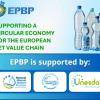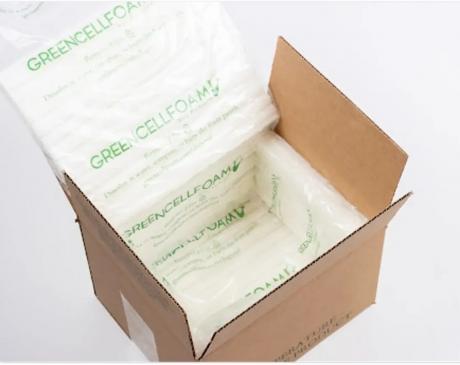Promoting environmentally sustainable plastic solutions is the goal of the Com4pha project, which aims to develop new biodegradable bioplastics based on polyhydroxyalkanoates (PHA) for applications in the cosmetics, food and agricultural sectors.
The project involves the biotech company Venvirotech, which specialises in transforming organic waste into bioplastics using proprietary bacteria-based technology, and Enplast, a company active in plastic packaging production. These two entities are collaborating with Aimplas, the Plastics Technology Centre, which is responsible for developing the new formulations.
PHAs are biocompatible and biodegradable materials in both terrestrial and marine environments. They are synthesised by microorganisms and possess characteristics similar to fossil-based plastics. However, to become a truly competitive alternative, it is essential to optimise production costs and adapt the materials to existing industrial technologies. In this regard, COM4PHA focuses on the use of the PHBV copolymer to create packaging through innovative technologies such as blow extrusion for bottles and application onto paper substrates and agricultural mulch films.
Sustainability and Innovation at the Core
The project aims to scale up production and make PHBV available on an industrial scale, offering a tangible sustainable alternative to conventional plastic materials. The new biodegradable and compostable cosmetic packaging solutions will comply with current regulations and reduce environmental impact, encouraging greater market acceptance.
The food and beverage sector will also benefit from these innovations, particularly for products requiring barrier properties. In agriculture, the developed mulch films will help maintain crop quality thanks to their antimicrobial and protective properties.
A European Project for the Green Transition
Com4pha is funded by the Ministry of Science, Innovation and Universities and by the Next Generation EU funds. It serves as a concrete example of how research, industry and biotechnological innovation can come together to support the transition towards more circular, safe and sustainable packaging.









